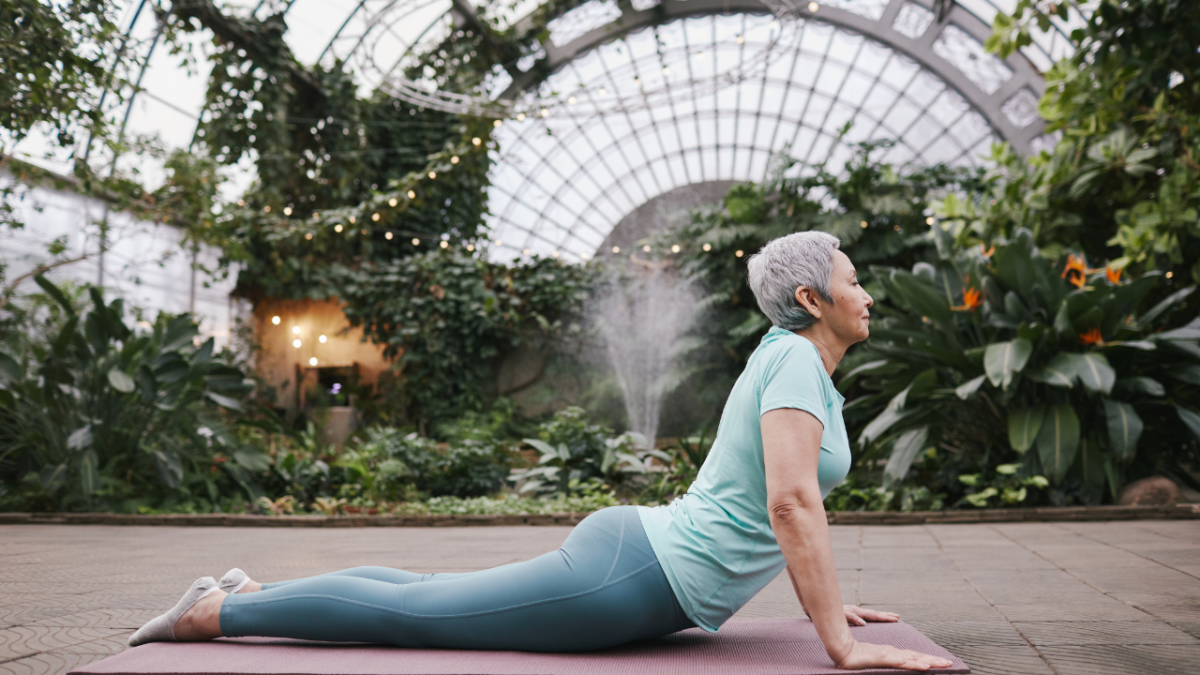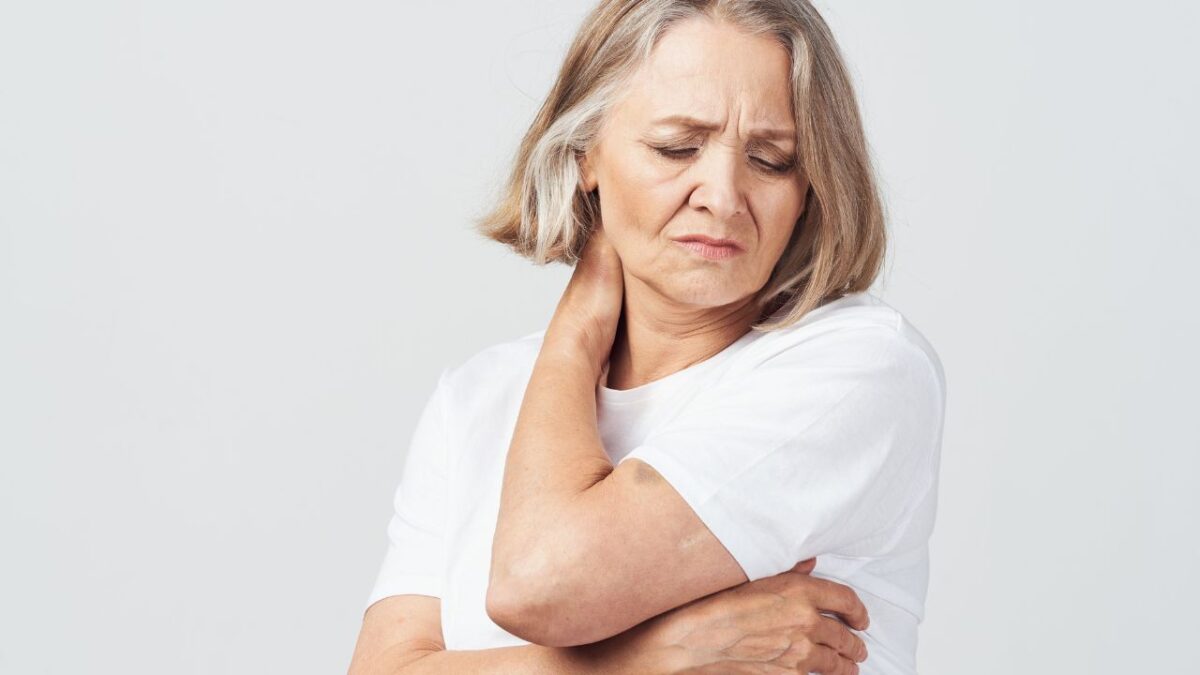When Menopause Hits the Joints: Strategies for Pain Relief
Menopause and joint pain often go hand in hand. As estrogen levels decline, women may experience an increase in physical discomfort, particularly in the joints. Estrogen is believed to have anti-inflammatory effects in the body; its reduced levels during menopause can lead to an increase in inflammation, thereby worsening joint pain.
Symptoms of Menopausal Joint Pain
Menopausal joint pain can vary from mild to severe and can affect different parts of the body, including the knees, hands, hips, and spine. Common symptoms include stiffness, swelling, and a decrease in range of motion, which can impair daily activities.
Diagnosing Menopausal Joint Pain
To diagnose menopausal joint pain, healthcare providers often review medical history, conduct physical examinations, and may order tests such as X-rays or blood tests to rule out other conditions like arthritis or osteoporosis.
Lifestyle Adjustments for Managing Joint Pain
Optimizing Diet to Reduce Inflammation
A balanced diet rich in anti-inflammatory foods like omega-3 fatty acids (found in fish and flaxseeds) and antioxidants (found in fruits and vegetables) can help reduce joint pain. It’s also beneficial to avoid inflammatory foods such as sugars, refined carbs, and saturated fats.
The Role of Exercise in Pain Management
Regular exercise, including strength training, aerobics, and flexibility routines, can significantly reduce joint pain by strengthening the muscles around the joints, increasing range of motion, and enhancing overall physical health.
Importance of Maintaining a Healthy Weight
Excess weight puts additional pressure on the joints, particularly on weight-bearing joints like the hips and knees. Losing even a small amount of weight can reduce joint stress and alleviate pain.
Medical Treatments for Menopausal Joint Pain
Hormone Replacement Therapy (HRT)
HRT can be an effective treatment for managing menopausal symptoms, including joint pain. However, it’s essential to discuss the benefits and risks with a healthcare provider, as HRT may not be suitable for everyone.
Pain Relief Medications
Over-the-counter pain relievers such as ibuprofen and acetaminophen can help manage joint pain. In some cases, prescription medications may be necessary.
Alternative and Complementary Therapies
Acupuncture and Joint Pain
Acupuncture has been shown to be effective in treating various menopausal symptoms, including joint pain. It works by stimulating specific points on the body to release endorphins and improve blood flow.
Supplements for Joint Health
Certain supplements, including glucosamine and chondroitin, have been found to be helpful in reducing joint pain. It is important to consult with a healthcare provider before starting any new supplements.
Physical Therapy: A Customized Approach
Physical therapy can provide tailored exercises that specifically target the joints affected by pain, improving function and reducing discomfort.
Self-Care and Support
The Importance of Sleep and Stress Management
Quality sleep and stress reduction are crucial in managing menopausal symptoms. Techniques such as yoga, meditation, and deep-breathing exercises can improve sleep and reduce stress levels.
Support Groups and Community Resources
Joining support groups where others share similar experiences can provide emotional support and valuable tips for managing joint pain during menopause.
The Takeaway
Menopausal joint pain can be a challenging symptom, but with the right strategies, it is manageable. By understanding the connection between menopause and joint pain and employing a combination of lifestyle changes, medical treatments, and support systems, women can find significant relief. It’s essential to consult healthcare professionals to tailor a pain management plan that best suits individual needs.



